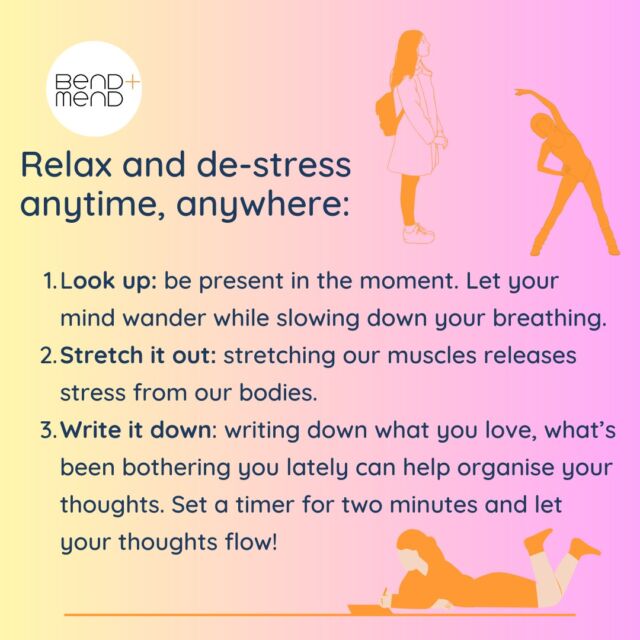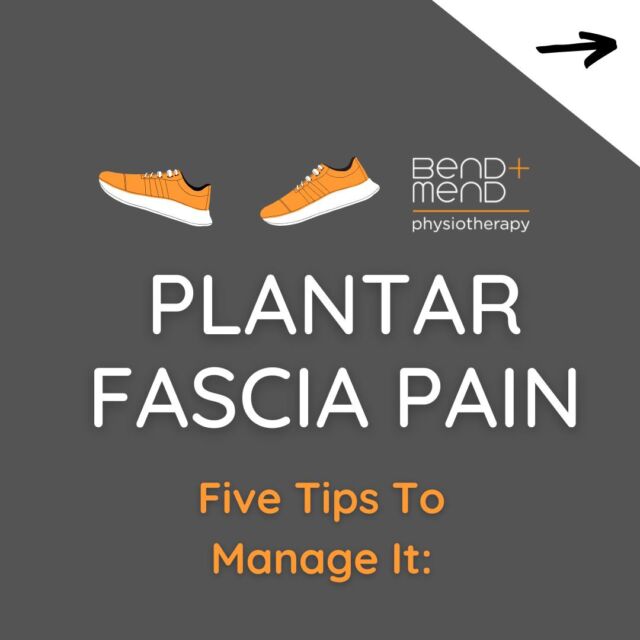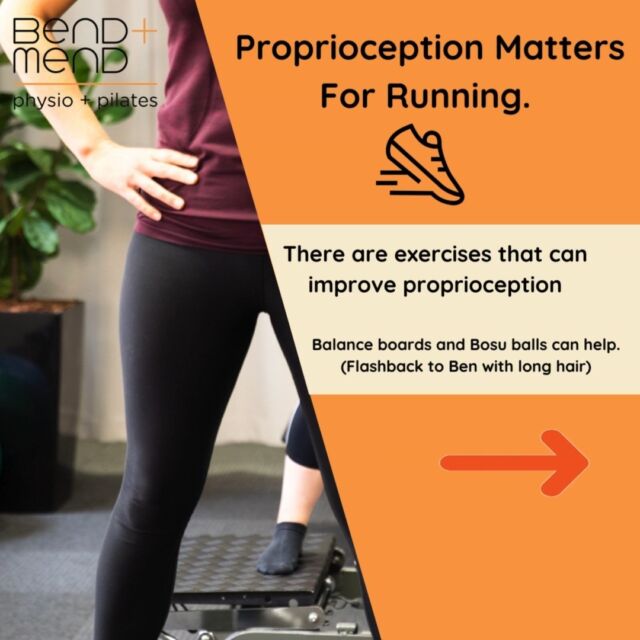Coming into the Sydney running season we, as Physio’s, are inundated with lower limb injuries. Working in private practice particularly around this time of year is what I describe as ‘monotoknee’. Every third patient seems to present with a similar knee pain due to running, known as patellofemoral pain syndrome, or more commonly as ‘Runners Knee’.
‘Runners Knee’ occurs when the knee cap (patella) maltracks through the grove of the thigh bone causing irritation and resulting in a niggling achy pain whenever you run. There are a number of causes of Runners Knee, including:
- Tightness in the quadriceps muscle and possibly ITB (iliotibial band)
- Weakness in the quadriceps muscle.
- Muscle imbalance’s between the hamstrings, calves and quadriceps
- Poor running shoes
- Poor foot posture such as foot collapsing
- Weak and unfit hips (something I particularly find prevalent in the Barangaroo desk bound local)
To help avoid runners knee I have a few suggestions:
1. Gradually and slowly phase in running training. A common presentation in the patients I see are those who go from no training to trying to bite off 10km training runs. Start slow, have rest days, and build into it!
2. Listen to your body. While the jury is out on whether static stretching is beneficial for runners, there is loads of information on the short term benefits of foam rolling. If you are sore, back it off, if you are feeling stiff, perhaps some light stretching would be good. Icing helps that acute pain as much as a heat pack helps the tightness.
3. Get your hip abductors fit! This is particularly important as a weak hip lets your pelvis slightly dip in your running stance which lets the knee track inwards forcing the knee cap to rub onto the knee. A biomechanical result is runners knee.
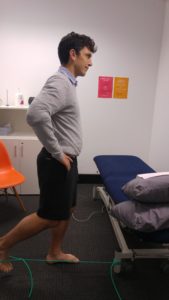
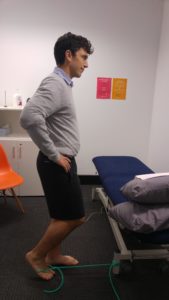 My favourite exercise for avoiding this is one I borrowed from Pilates which is similar to the scooter exercise. For this exercise you need an elastic piece of resistance theraband. Fix the theraband at one end and tie into a loop big enough to fit your foot in at the other. Set yourself perpendicular to the tension on the band see fig 1
My favourite exercise for avoiding this is one I borrowed from Pilates which is similar to the scooter exercise. For this exercise you need an elastic piece of resistance theraband. Fix the theraband at one end and tie into a loop big enough to fit your foot in at the other. Set yourself perpendicular to the tension on the band see fig 1
With your stance leg slightly bent line your knee cap up with your middle toe from a birds eye view.
With your moving leg in the loop of the Theraband (positioned like a horse stirrup) take your foot back and control it on return to the original position. Be sure to keep your hips in a fixed position and not let them move. The movement should be similar to a child on a scooter, hence the name.
You should start to feel it in your non scootering hip as the muscle works to maintain stability.
Remember to keep your knee lined up with your middle toe and dont let your hip kick outwards.
This is one of many things to use as a preventative for runners knee. At Bend + Mend Barangaroo – King Street Wharf we offer comprehensive running assessments through our trained Physiotherapists. If you would like to get your technique assessed, come in an see our Physios, Blake or Ben. For all your aches and pains we are also available at Martin Place.




